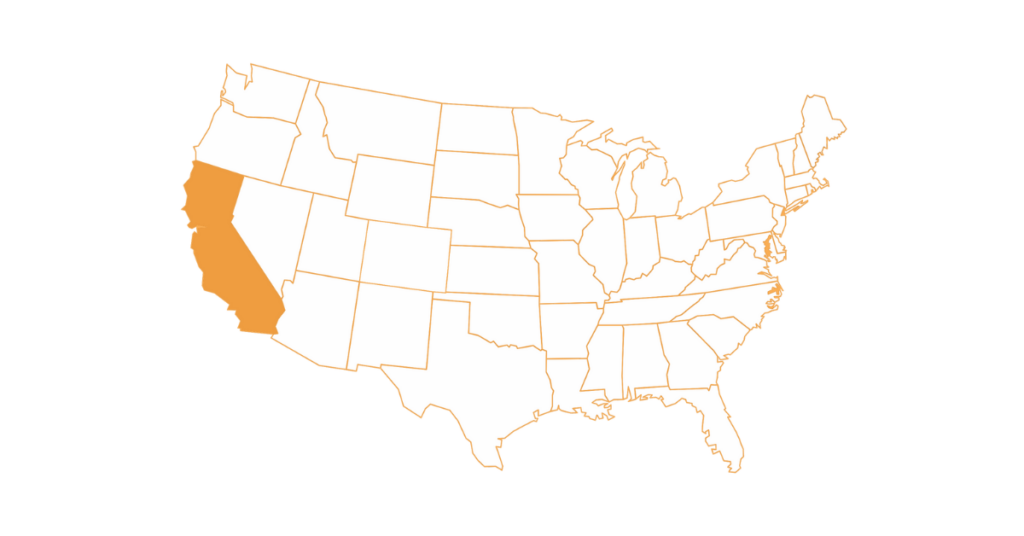Nov 14, 2024California proposes new regulations on pesticide 1,3-D to protect worker health
The California Department of Pesticide Regulation (DPR), in partnership with the Office of Environmental Health Hazard Assessment (OEHHA), has introduced new regulations aimed at reducing the risk of exposure to 1,3-dichloropropene (1,3-D), a widely used agricultural fumigant known to carry cancer risks.

The proposed rules would mandate the use of totally impermeable film (TIF) tarps during 1,3-D application or require alternative methods that provide similar protective measures. The regulations set a target air concentration for 1,3-D at 0.21 parts per billion, the level recommended by OEHHA, to ensure safety for people near treated fields.
“These regulations will protect individuals working near areas treated with 1,3-D, as we prioritize public health and environmental safety,” said Amy Gilson, Deputy Director for External and Legislative Affairs at OEHHA.
The regulations would build on rules implemented earlier in January 2024 that focus on protecting nearby residents. In addition to regular evaluation of the rules’ effectiveness, DPR would collaborate with OEHHA and county agricultural commissioners to implement local-level mitigation if needed, particularly in 6×6 mile townships where exposure levels exceed the target concentration.

Public comments on the proposed regulations will be accepted from Nov. 15, 2024, through Jan. 24, 2025, with an option to submit through DPR’s SmartComment portal. Four public hearings are scheduled in January, including in Visalia, Salinas, and Chico, with one virtual session. Details on the hearing dates and locations are available on the DPR website.
In a broader effort to minimize pesticide use, DPR has commissioned the California Council on Science and Technology to assess alternatives to 1,3-D and other fumigants. This study is expected to complete its findings on 1,3-D and chloropicrin in December, with further fumigant research slated for mid-2025.
For more information about the DPR and its regulatory initiatives, visit cdpr.ca.gov.









